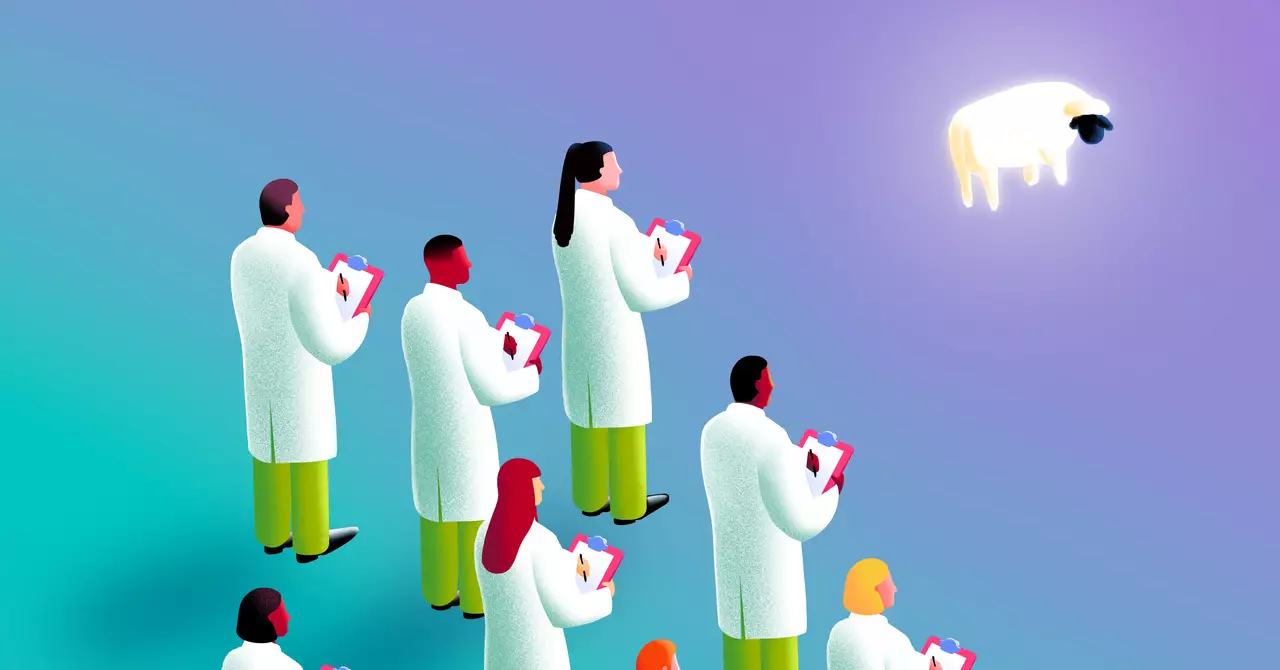As we venture into 2025, the intersection between artificial intelligence (AI) and the field of ethology—the scientific study of animal behavior—promises to unravel mysteries that have engaged humans for centuries. At the heart of these inquiries lies a profound question: What are animals communicating with one another? Excitement stems from initiatives like the Coller-Dolittle Prize, which awards substantial financial incentives to scientists daring enough to “crack the code” of animal communication. This competitive landscape illustrates a growing confidence that advances in machine learning and large language models (LLMs) are edging us closer to this longstanding enigma.
For decades, researchers have harnessed various technological tools to decode the sounds animals use to interact. Projects like Project Ceti have taken significant strides in analyzing the intricate click patterns of sperm whales and the melodious songs of humpback whales. Despite these efforts, there has been a critical bottleneck: the sheer volume and quality of data necessary for machine learning approaches have remained elusive. A century’s worth of textual data can compare starkly to the mere thousands of recorded animal vocalizations that have previously been available. For instance, OpenAI’s GPT-3 boasts training data exceeding 500 GB, while Project Ceti had the inconsequential number of slightly over 8,000 vocalizations on hand.
The challenge is twofold: not only do we lack extensive datasets concerning animal communication, but we also grapple with the absence of a comprehensive understanding of what these vocalizations signify. Human language is layered with context, grammar, and universality in meaning, whereas animal calls might not have such clarity. For example, while we can differentiate words in human speech, drawing parallels in animal sounds is complex. A wolf’s howl may serve multiple purposes—hunting calls, group cohesion signals, or territory markers—without a defined “word” to correspond with human interpretation.
However, the landscape is changing. With recent advancements in automated recording technologies, scientists can now capture colossal amounts of animal sounds across various ecosystems. Low-cost recording devices like AudioMoth have democratized access to sound recording, enabling research groups to deploy these devices in remote locations to monitor animal communication continuously. Such systems facilitate the accumulation of vast datasets—recordings that can span months and even years, cataloging the calls of creatures ranging from gibbons in tropical jungles to songbirds in temperate forests.
Once collected, these extensive datasets are analyzed using cutting-edge algorithms based on convolutional neural networks, allowing for efficient categorization and interpretation of complex audio signatures that correlate with specific animal behaviors. This analytical capacity opens doors to new techniques, such as applying deep neural networks that might unveil structures akin to grammatical rules existing within animal vocalizations. The rationale is that understanding these patterns could lead to insights into animal intentions or social structures—an analog for human language.
Despite technological advancement, a crucial question remains: What are the goals of these efforts? Some organizations, like Interspecies.io, have set out to translate animal sounds into human language, aiming to facilitate interspecies communication. This audacious aspiration raises a fundamental philosophical conundrum: Can animal vocalizations be directly translated like a human language, or do they operate on an entirely different communicative system? Many scientists advocate a more cautious perspective, suggesting the aim should rather be to decipher than to outright translate animal sounds.
The distinction lies in the inherent complexities of what constitutes “language.” While humans possess an advanced system of symbolic communication—boasting syntax and semantics—animal communication might be characterized by instinctual calls that do not adhere to the same rules. As such, decoding communication could lead to a richer understanding of how animals convey information among themselves without necessarily placing human labels on those sounds.
As we look to the future, 2025 heralds a transformative era for our understanding of animal communication. Armed with more extensive datasets and sophisticated AI algorithms, researchers are poised to delve deeper into the nuances of animal interactions. While the challenge is monumental and tangled in layers of ambiguity, the prospects are profound. Understanding the spectrum of animal communication not only enriches our appreciation of biodiversity but also holds potential implications for conservation efforts, human-animal relationships, and the ethical considerations surrounding our treatment of non-human species. As we strive to decipher the sounds of the natural world, we take a step closer to harmonizing our existence with those who share our planet in silence.


Leave a Reply
You must be logged in to post a comment.